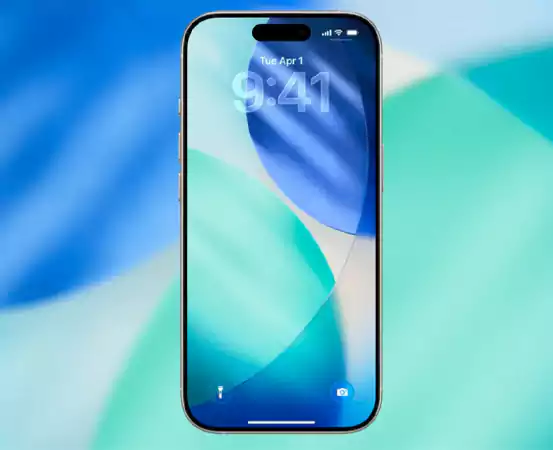
Since Apple launched Always On Display on the iPhone 14 Pro, it has remained relatively consistent. Apple has quietly changed its features in a way that might not be immediately obvious, though, with the launch of iOS 26. The default now applies a blur effect instead of only dimming the lock screen’s wallpaper. Though these changes raise the prominence of the clock and widgets, they run counter to the goal of presenting a picture if you value this element. There is an alternative to return to the initial configuration, which is thankfully accessible.
The Always On Display in iOS 18 operated somewhat like it does in iOS 26. Your iPhone’s dim Lock Screen is still visible so that you can quickly access critical information like the clock, date, notifications, and widgets. The display will go totally dark when the device is face down, covered, in CarPlay, using Continuity Camera, in Low Power Mode, while Sleep Focus is on, or at bedtime.
Though always fairly limited, customization choices have always been rather useful. You have control over the wallpaper’s display as well as notification visibility. This enables your iOS Always On Display to either be streamlined and effective or to preserve the character of your wallpaper and lock screen design. Wallpapers are fuzzy by default when the display dims with the release of iOS 26.
Although this impact probably improves readability, it changes the look of the Lock Screen. Users might prefer to show no wallpaper at all rather than witness a blurred rendition of my Lock Screen picture. Apple has wisely added a toggle in reaction to this modification so that you can reclaim control. Turn off the blurred wallpaper function by going to Settings, followed by Display & Brightness and then Always-On Display, which will guarantee that your Lock Screen shows in its original clarity, just like before.
